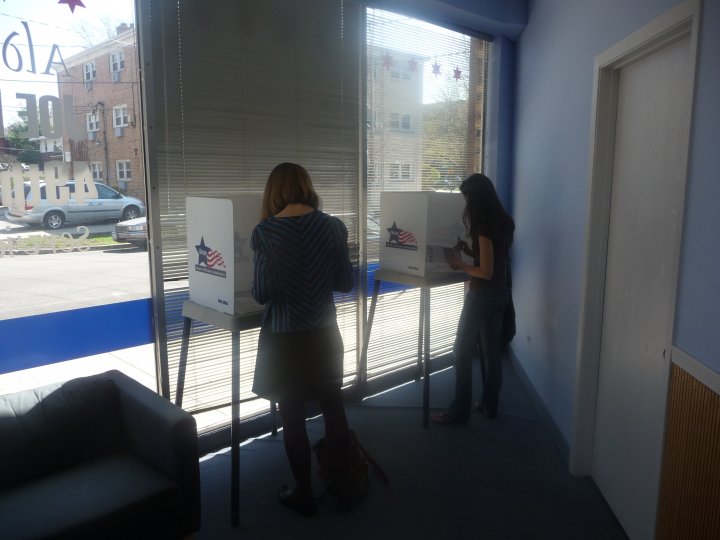When Mayor Ed Lee ventured across San Francisco’s 11 districts this spring talking with residents about what to cut and what to save from the budget, he won praise for opening what some called a new era in fiscal discourse: giving people a more direct say about where their money is spent.
But what if, rather than the mayor in the driver’s seat, it was the community itself that presented, weighed and voted on district budgets? The idealistic notion under consideration in San Francisco, sometimes called “participatory budgeting,” hands decision-making power for budgets to the residents of neighborhoods and whole cities.
If the process works as it did for the 49th Ward of Chicago, where the nation’s first participatory budgeting effort began in 2009, San Francisco neighborhoods could expect some big changes. When allowed to vote directly on spending, ward residents in Chicago shifted more than $1 million from a few costly maintenance projects, such as street resurfacing, lighting and sidewalk repairs, to an array of projects aimed at literally reshaping the community. They built bike lanes and racks, a dog park, a garden, underpass murals and beach showers.
“In these cash-strapped times, it’s a great step for government at the local level to get outside City Hall,” said Pete Peterson, executive director of the Davenport Institute at Pepperdine University’s School of Public Policy in Malibu.
Now, participatory budgeting has become a campaign issue in San Francisco, where District 11 Supervisor John Avalos said that if elected mayor, he would take money from the city’s transportation authority and allow resident-formed committees to choose how and where to spend it.
Read the complete story at Shareable.
This story was co-published with Shareable, a nonprofit online magazine that tells the story of sharing.








